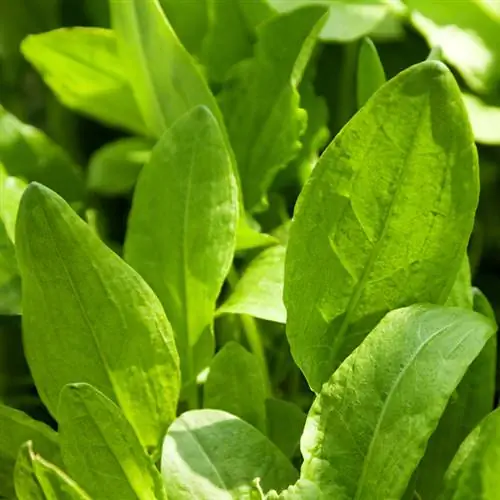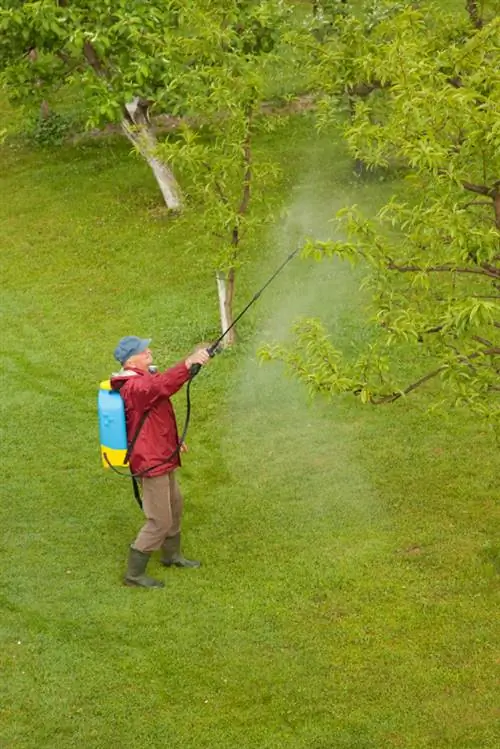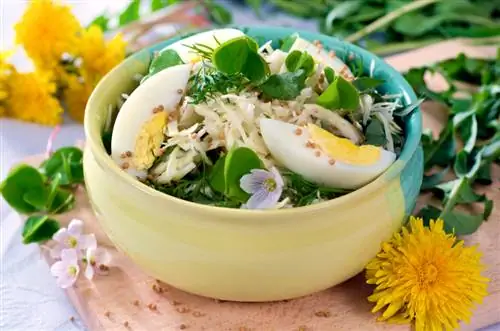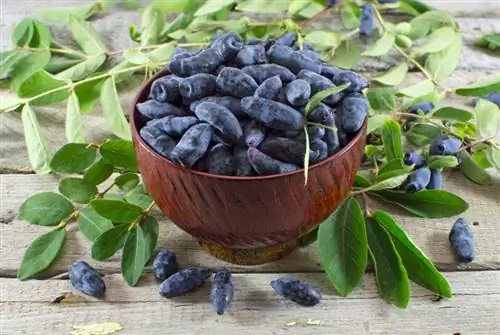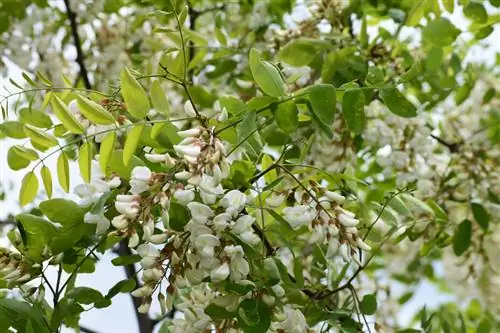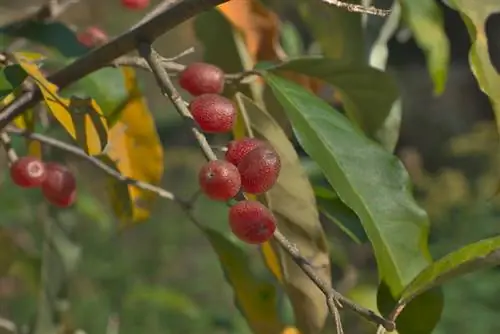- Author admin [email protected].
- Public 2023-12-16 16:46.
- Last modified 2025-01-23 11:20.
Since sorrel is despised as a fodder plant by many animals, it often falls victim to farmers' control measures. However, certain species are certainly suitable for human consumption in limited quantities.
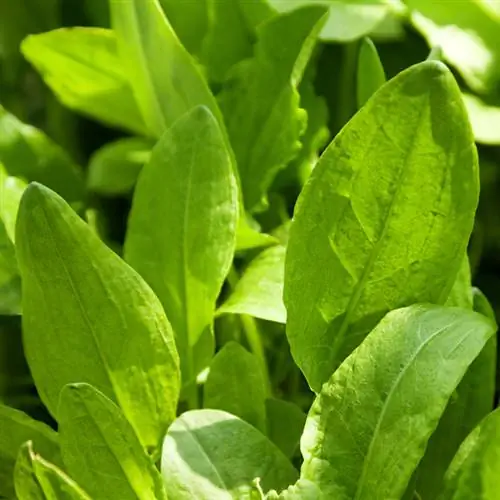
What types of sorrel are there?
There are over 200 different species of sorrel (Rumex), including the commonly eaten large sorrel (Rumex acetosa) as well as small sorrel, curly sorrel, Roman sorrel, alpine sorrel and blood sorrel. These are suitable for human consumption in varying quantities.
Sorrel, commonly used for consumption
The sorrel usually used for consumption is the large sorrel (Rumex acetosa), which grows in many meadows in Central Europe in the same locations as the creeping buttercup. Although this type also contains potassium hydrogen oxalate, which is harmful to the human organism when consumed in large quantities, the amount can be observed by observing certain rules. The leaves of this species should no longer be used or should only be used cooked if they turn reddish in summer due to the increasing content of this sometimes toxic substance. The large sorrel reaches different heights in shady and sunny locations, but its towering flower spikes are rarely less than 100 centimeters high. For planting in your own garden, the seeds of wild specimens can be harvested and scattered in your own garden. The resilient seeds of the sorrel can cope with various site conditions, but containing the deep-rooted plants is difficult after they have first spread.
The dock family
A total of over 200 different subspecies belong to the dock family (Rumex), including, for example:
- Small sorrel
- Krauser Dock
- Roman dock
- Alpine sorrel
- blood sorrel
Most dock species are not directly poisonous, but depending on the location and species they can contain varying amounts of the fatal potassium hydrogen oxalate. Therefore, before consuming, you should, if possible, consult herbalists in the respective collecting region or resort to growing purchased seeds in your own garden.
The confusion of sorrel with other plant species
Inexperienced herb collectors can sometimes confuse the sorrel with the poisonous Aaron's Rod. At a certain point in the spring, this has young leaves that look very similar to sorrel. However, a distinction can be made based on the leaf blade, as there are laterally tapering ends on the lower leaf ends of the sorrel leaves. These are round in the leaves of the Rod of Aaron. If you want to be on the safe side, you should wait for the first flowers to clearly form before harvesting.
Tips & Tricks
The different relatives of the common sorrel can be classified based on the color of their flowers, the height of the plant and the nature of the leaves.

